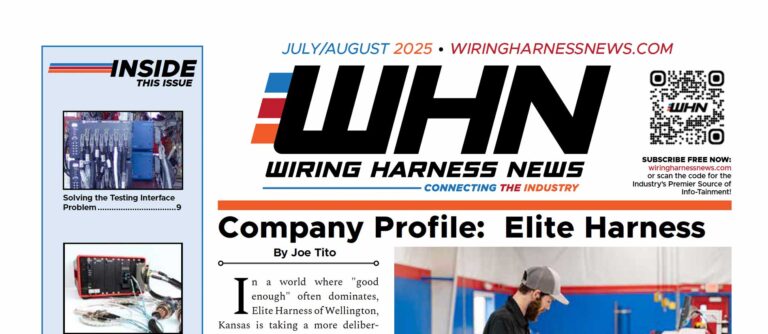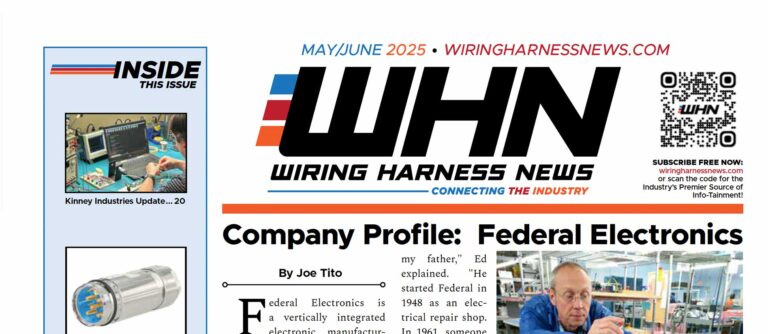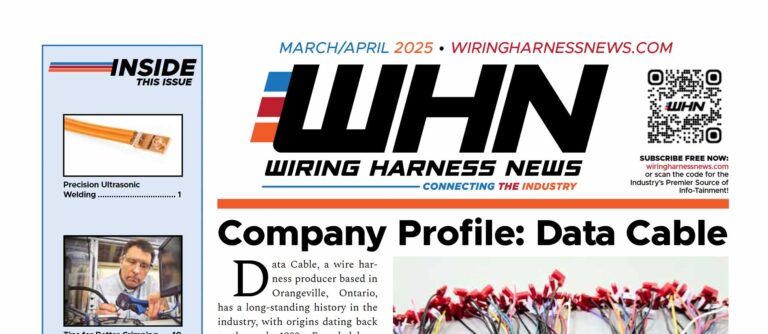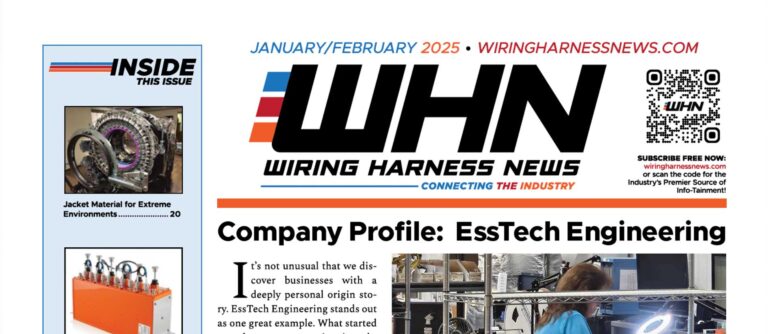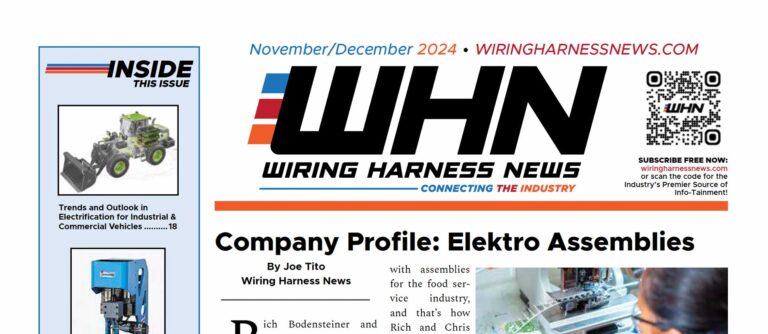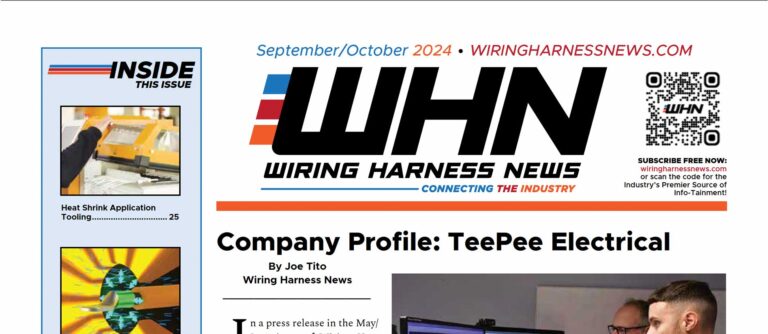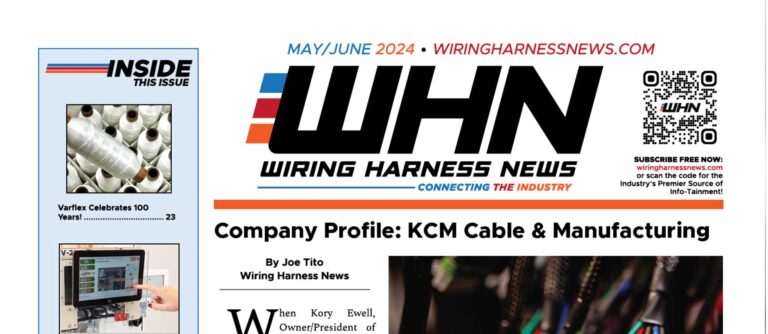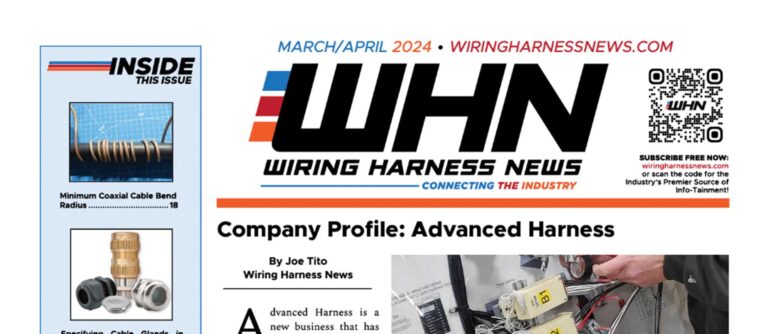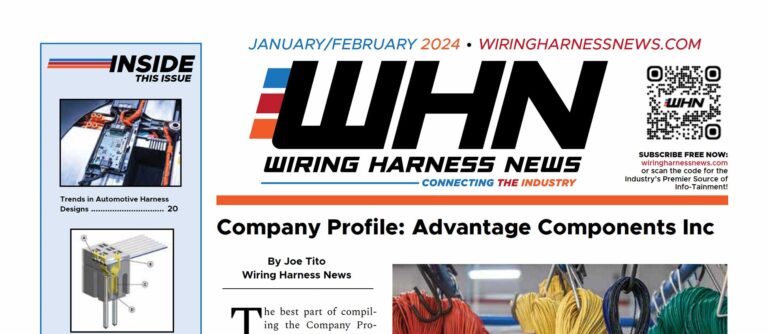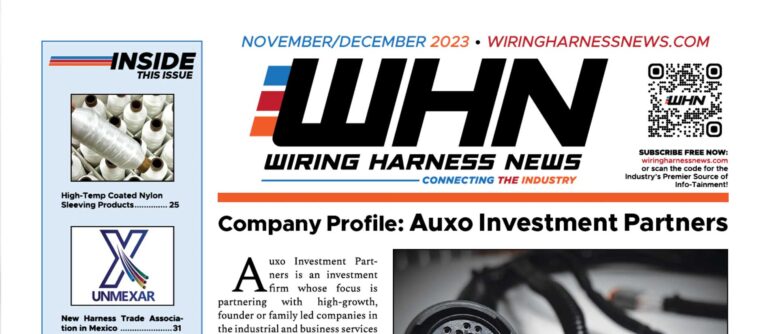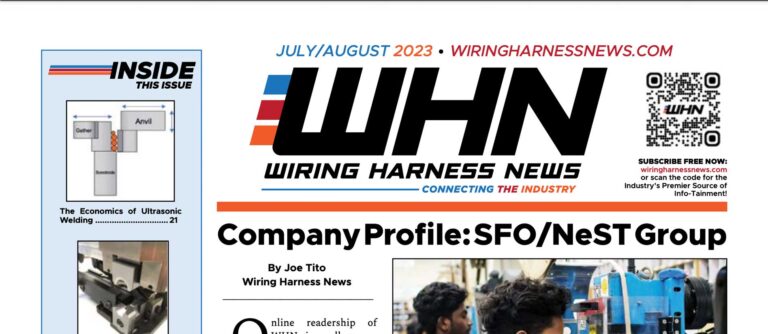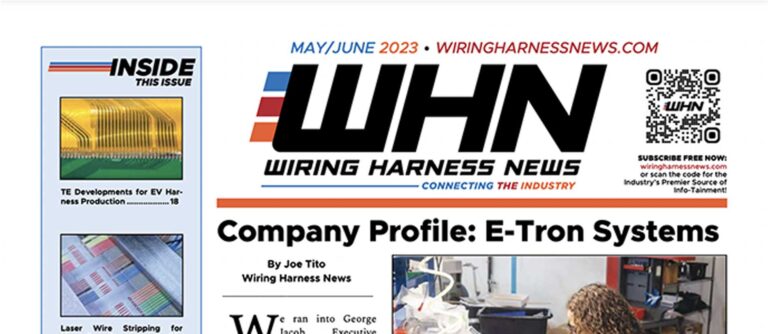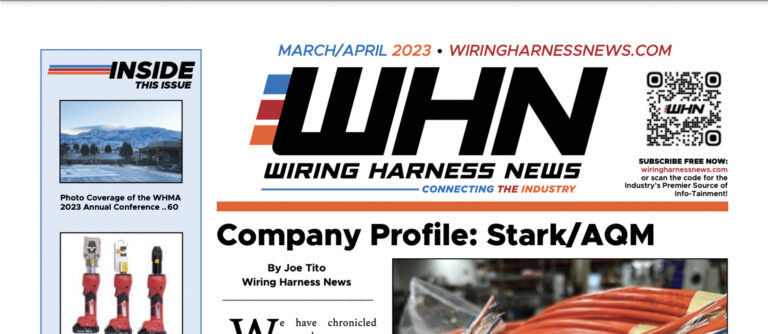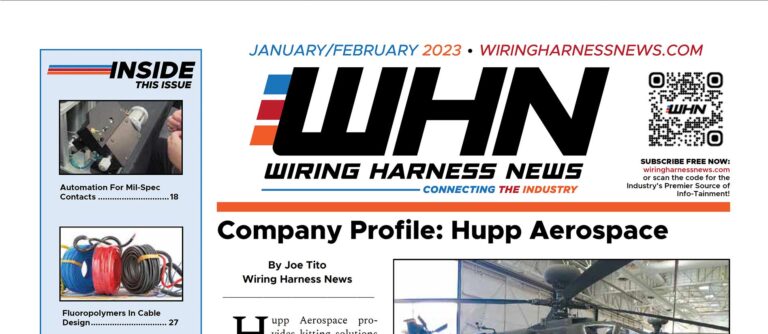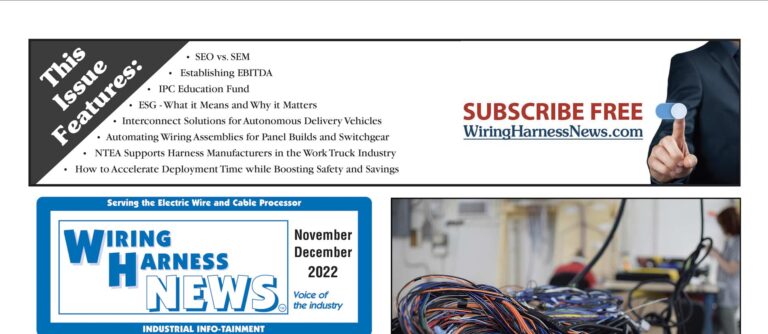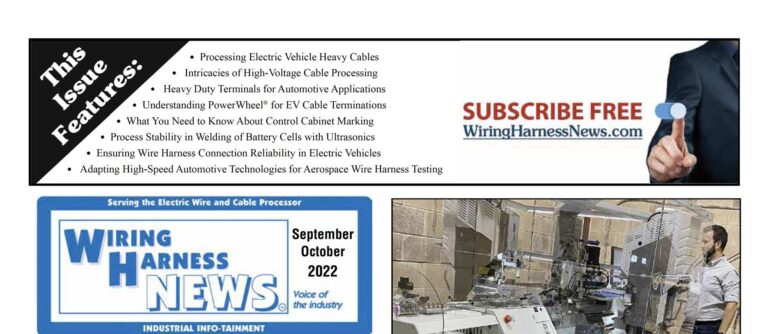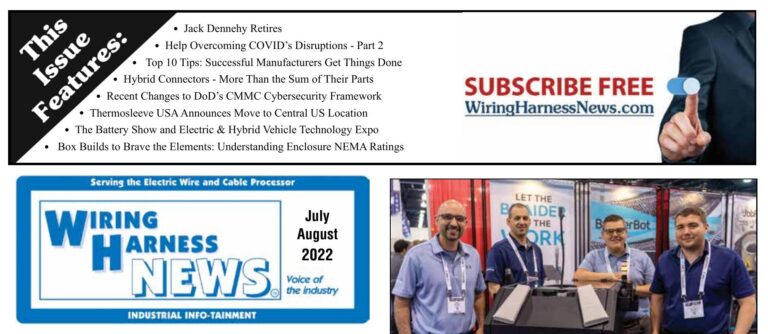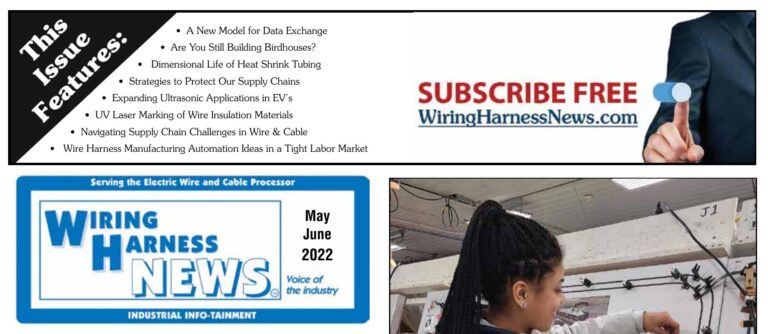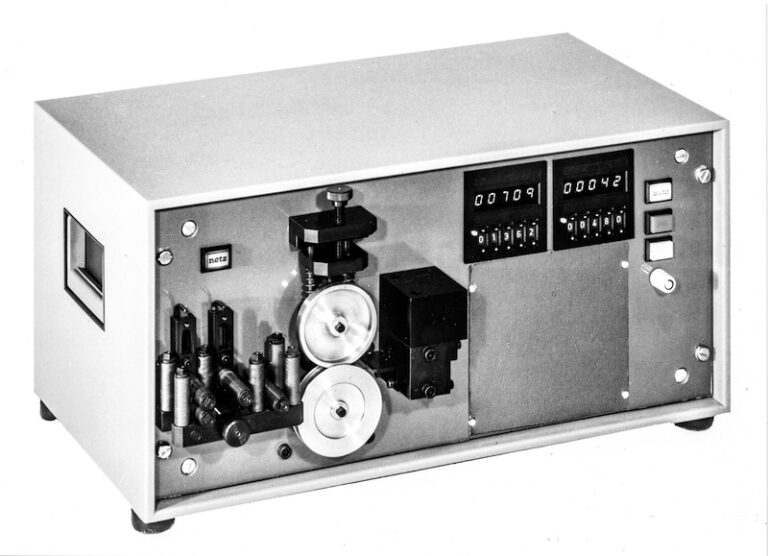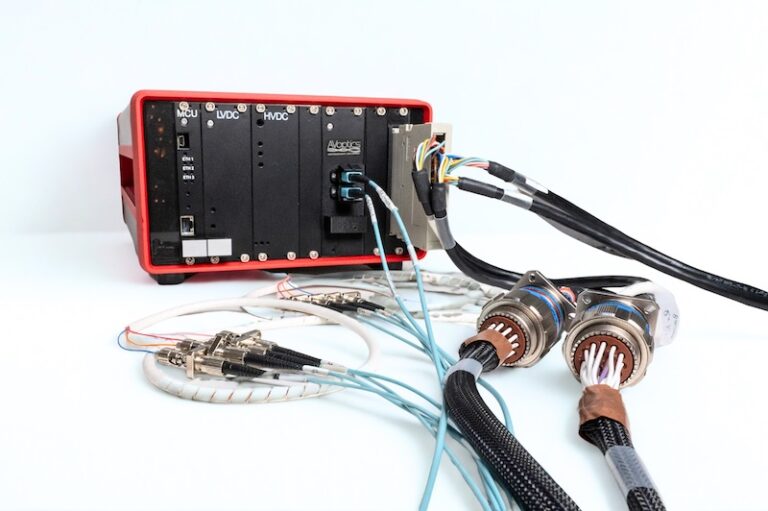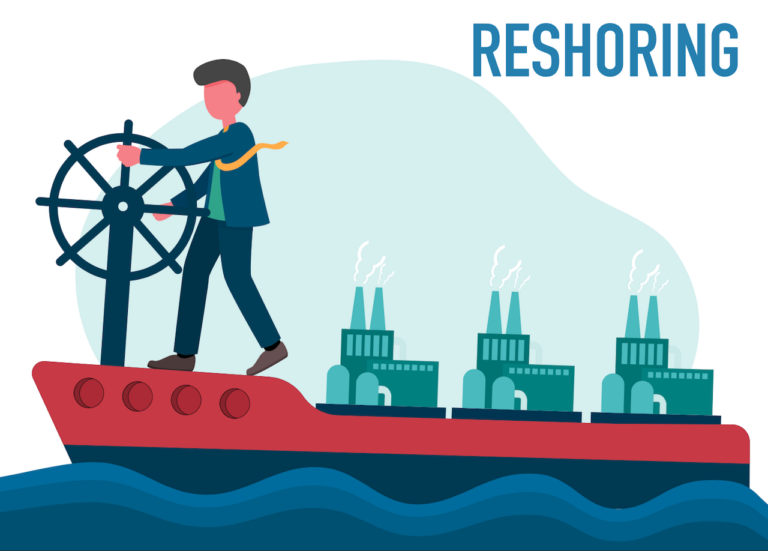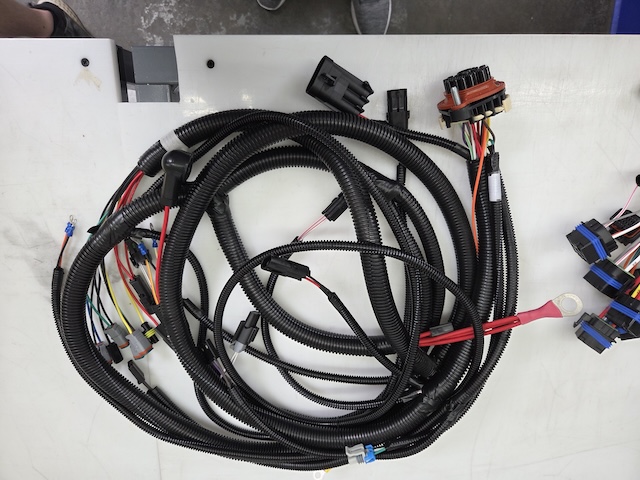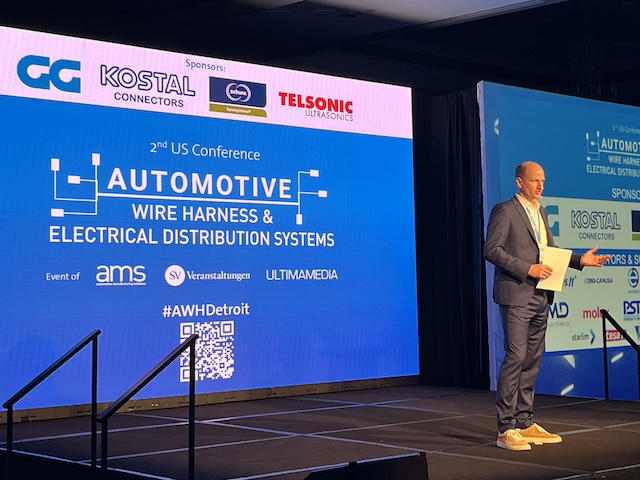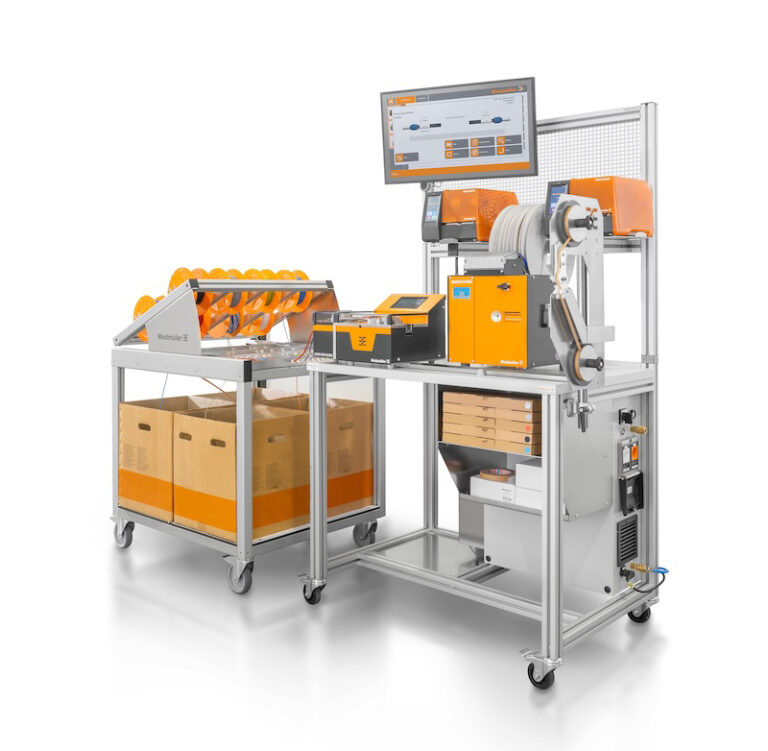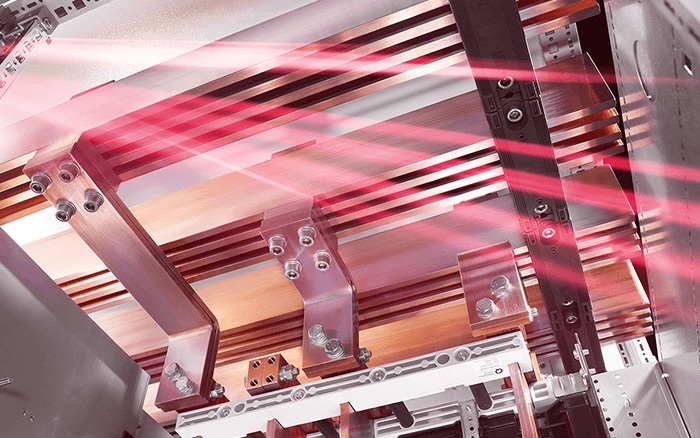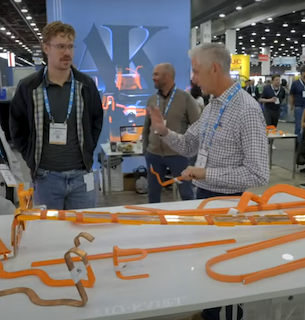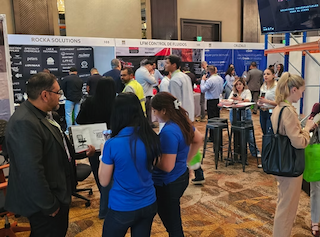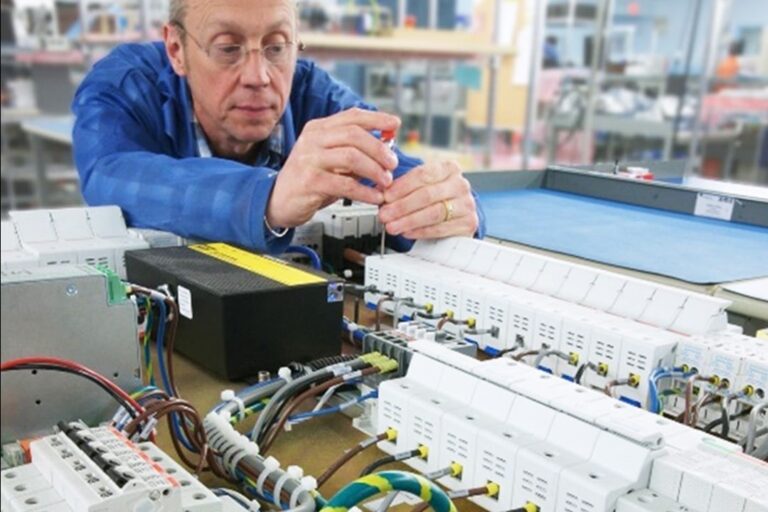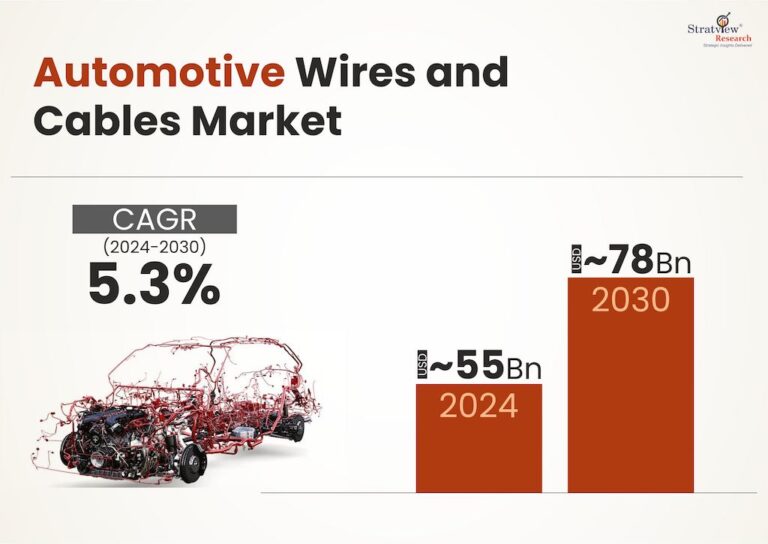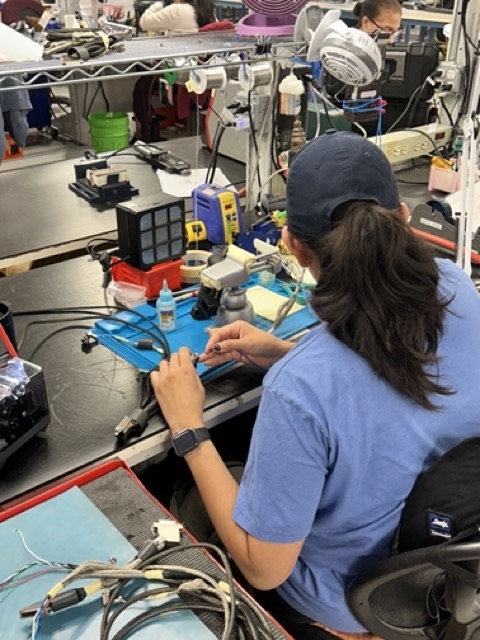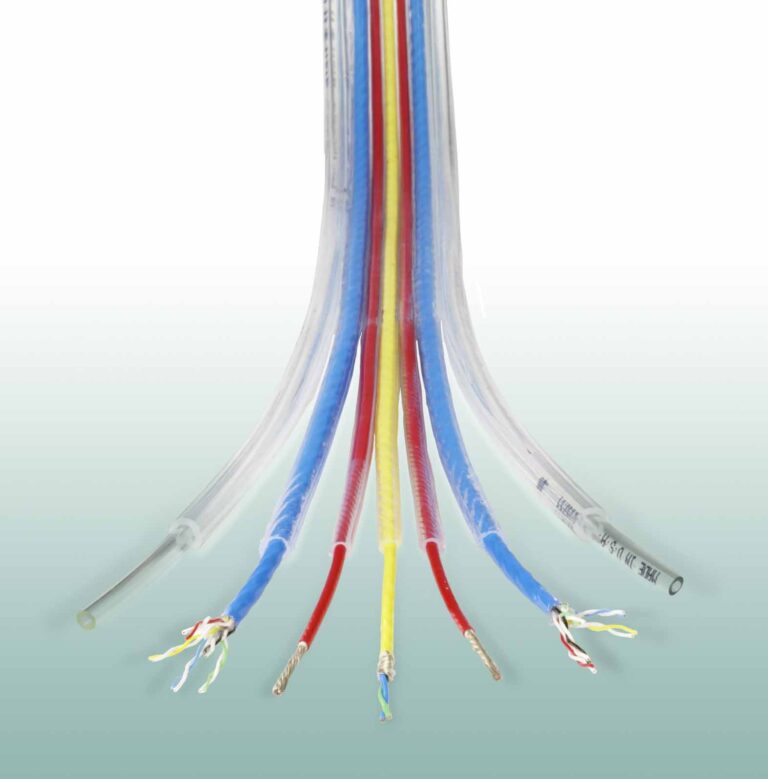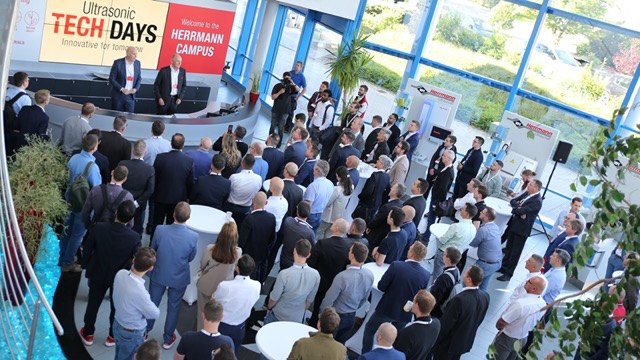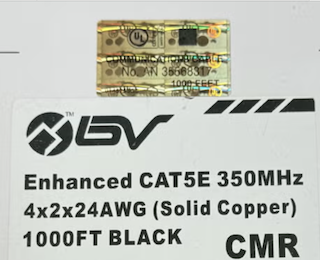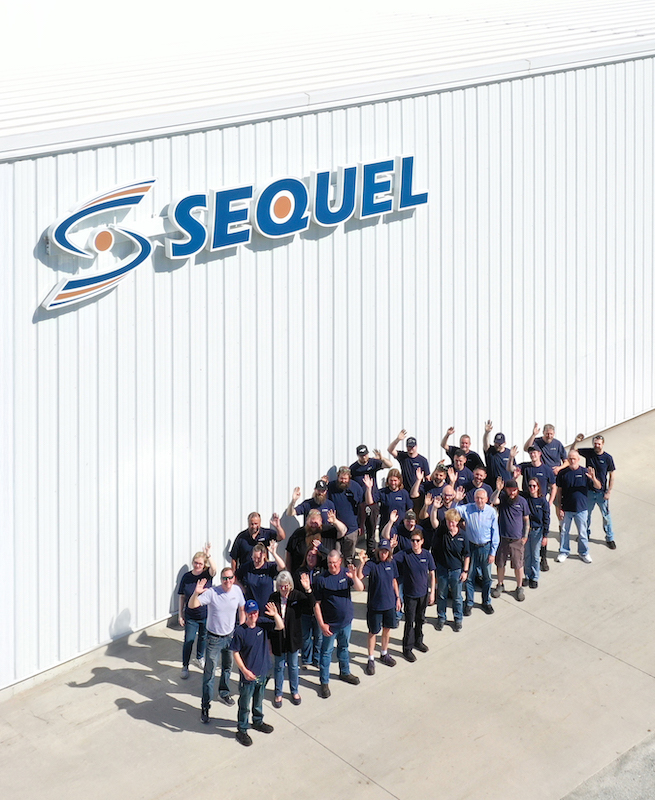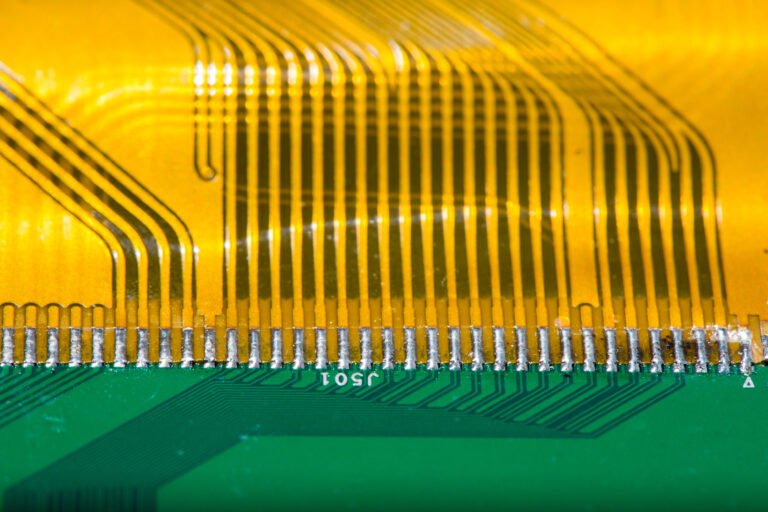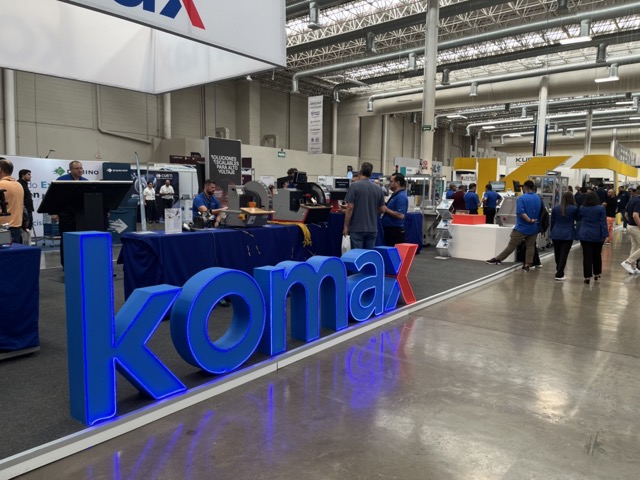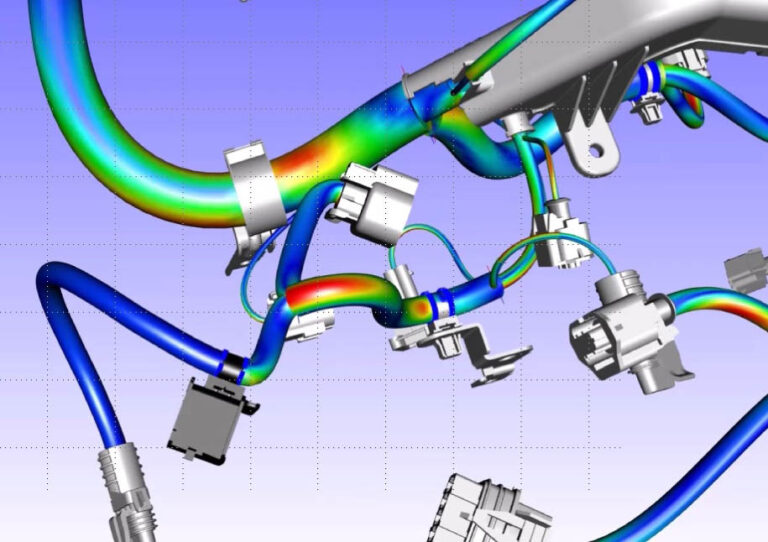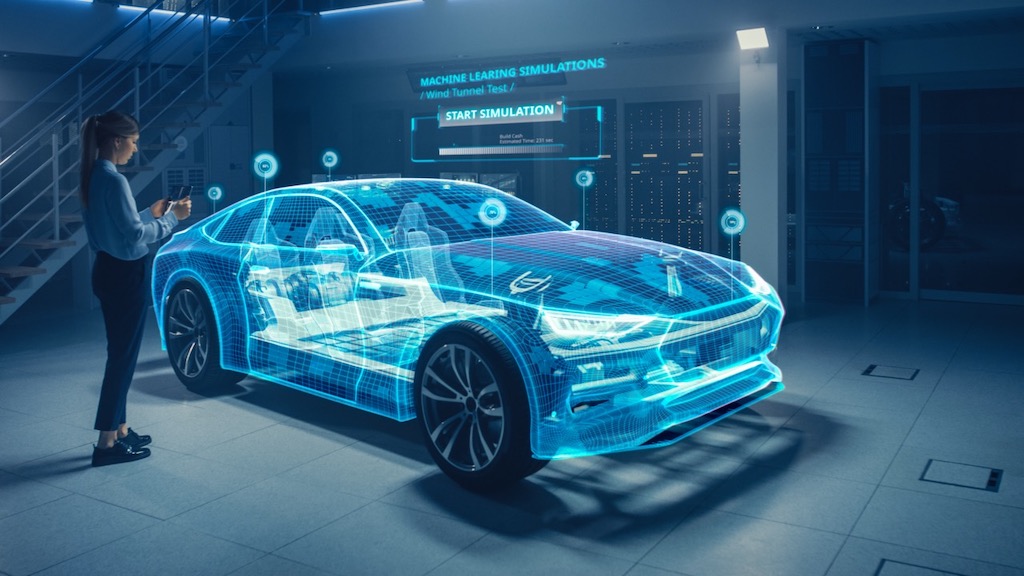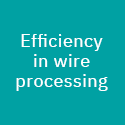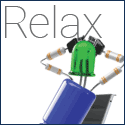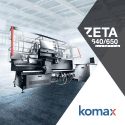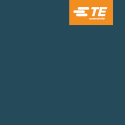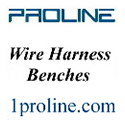By Paul Johnston – Siemens
A quarter of the century elapsed marks a checkpoint for software used by designers of wiring harnesses and the people who manufacture them. This is a forward and backward review.
The justification for looking back is that the wiring harness industry is risk averse. Designers’ and manufacturers’ tools and methods match the steady pulse of their businesses rather than reacting to B2B marketing. Once in production, software solutions persist for over a decade with feature upgrades. If a new software package is implemented in 2025, it will very likely still be used in 2035 or 2040.
Technologies are not adopted in a wave of excitement across the industry. Early innovators were willing to take on the risk that the solutions were immature or deficient, to gain the rewards of being first among rivals to realize value. Next, others follow as the early- then late-majority adopters; lastly, laggards many years after.
I invite you to consider your own organization’s position when looking at the overview in figure 1 depicting the timeline of market innovations. It shows categories of software automation tools for wiring harnesses.
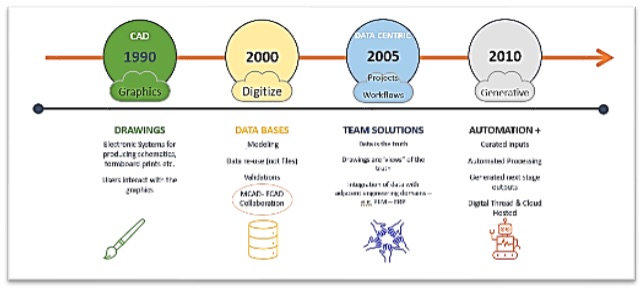
Figure 1: Software categories in Wiring Harness by approximate year of first vendor public release.
Drawings to Design Suites
The timeline starts with the goal of outputting CAD deliverables, using drawing tools for non-scaled drawings or formboard representations. Later, commercial tools persisted the underlying data in purpose-built databases, enabling simultaneous modification of diagrams and harness data. By the mid-2000s, vendors were marketing full design suites for electrical engineers and harness manufacturers. These modeled workflows and characterized the physical bill of materials data.
Harness engineering automation tools became more sophisticated, providing the means to exchange data with ERP and PLM systems, not just mechanical CAD. Basic MCAD-ECAD data exchange for wiring harnesses existed in the 1990s, but early interfaces had user restrictions. Robust, enriched functionality in this area emerged in the mid-2000s and continued to improve.
By the 2010s, digitalization had permeated design and manufacturing, and software tools delivered higher automation. Some software earned the label “generative,” as data moved across process thresholds.
In a generative software, outputs are determined with algorithms/solvers/optimizers acting on curated inputs. Results are influenced, directed, and affected by business rules/IP which is human-controlled and calibrated.
That makes for powerful benefits, although the description can sound abstract. The practical benefits can be startlingly good efficiency gains. What organized inputs are quickly transformed into next-stage outputs? Here are a few real-life features in vendor software packages:
- Auto-rendering diagrams from connectivity data with minimal human intervention
- Conversion of logical schematics to wiring diagrams
- Solvers for harness wiring derived from systems definitions satisfying design rules, device constraints, etc.
- Architectural “what-if” design studies
- Algorithms for harness component selection
- Assistance with formboard complexity for multi-harness fixtures
- Automated work instruction production for sub-assemblies
- Manufacturing process optimizers, line balancing automation
A greater impact accrues to companies adopting generative software than happens from quickening a portion of the workflow—for instance, making ECAD drafting 50% faster. The efficiency benefits for early adopters gave them a front-running competitive advantage, usually for many years. As we know, wiring harness people can be resolutely “old school.” Implementing change of process/paradigms, upending project timelines and deliverables, must be sensitive to an organization’s culture.
Who Makes It?
While commercial vendors sought customers, companies also insourced software automation and efficiency tools. Vendor software coexists with or replaces the spreadsheets, utilities, interfaces, and custom code developed to meet companies’ specific needs. Once it is running, personalized software appears to exactly fit a company’s present needs and is usually well-liked.
Wiring harness design is a complex process, but manufacturing workflows have many more steps. In-house developed software is much more prevalent in manufacturing than in design. When deploying new tools, personalization and customization are not considerations of ‘whether’ but ‘how little?’
Siemens DISW has a large global development team across different facilities. Product managers on different continents are responsible for modules and markets. Expert support is round-the-clock. In contrast, some companies rely on code produced as a side activity by one or two people.
Harness Designers and Harness Manufacturers
Less spending on software purchases happens in manufacturing than in design. Benefits and savings in time and human resource derived from using automation software are less in evidence in manufacturing, or they are delivered from non-commercial sourcing of software—via in-house writing of code. A very short explanation follows—note how these factors blend into each other.
Vendors:
- Rarely speculatively develop software for manufacturing, prioritizing design customers
- Can lack understanding of harness manufacturers’ problems, and don’t recruit sector-experienced personnel to inform product development.
Harness Manufacturers:
- Don’t commonly set budgets to buy software, as other priorities override.
- Are unaccustomed to deploying software packages to cover large parts of their business processes and lack staff experience to help.
Summary: The supply side can be weak, and demand for vendor software tools is weaker in harness manufacturing than for design tools (figure 2).
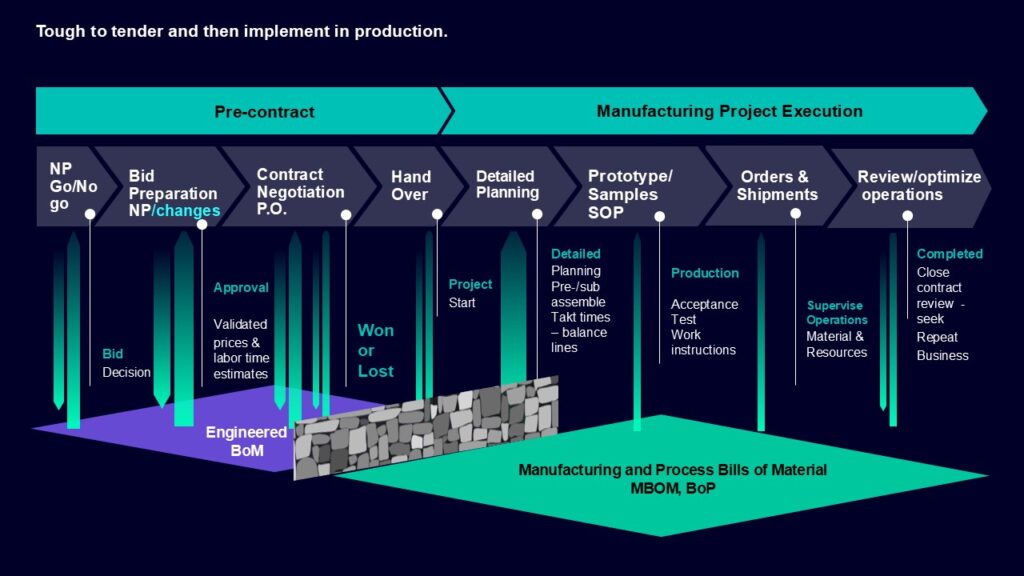
Figure 2. Commercial vendors aim to satisfy wire harness manufacturers’ diverse data processing needs.
The availability of advanced tools for wiring harness manufacturers is not gloomy. The good news is that North America is the global hotspot for tool vendor expertise and advanced software capabilities. Companies in the USA, Canada, and Mexico are more likely to be early and mid-majority adopters of the latest software functionality, including generative tools.
Artificial Intelligence – Now and Next
This inescapable trend is percolating through the software industry faster than internet web technologies supplanted predecessors in the late 1990s. At Siemens, we like this definition: “a machine-based system that can, for a given set of human-defined objectives, make predictions, recommendations or decisions influencing real or virtual environments” – USA National Artificial Intelligence Act, 2020.
Notice how this definition encompasses generative technologies. “Expert systems” can get re-born with AI capabilities. AI’s advantage comes from the flexibility and adaptability of what it can accomplish compared to the older methods.
Vendors may position something as AI-backed on shaky pretexts. My advice to companies considering sourcing tools from vendors is to focus on the practical issues and challenges you want resolved. Educate yourself judiciously on the technologies. It is a fast-moving area. Next year there will be new buzzwords/phrases.
“Practical issues” means struggles with engineering complexity, rapid changes in the product content, combined with pressure to do more quicker, with fewer people. A company might have staff retention issues, suffer loss of experience and tribal knowledge, which is going to hinder productivity. Software including AI can make available the know-how of staff in a wider team context. This mitigates risk and democratizes or disseminates the expertise.
AI Can and Will Help With Challenges Like These.
Artificial intelligence is a broad topic, and social media can provide a congested cacophony of information. I will dip into near-term benefits and touch on medium-term expectations. This is informed by the strategies for delivering value through AI augmentation of existing software products in the Capital™ portfolio being adopted by Siemens DISW. Much more could be discussed, but this is a brief overview.
Near Future
So far you have read a narrative of software becoming more ambitious and expansive to cover larger parts of engineering workflows and integrations. Also—a reminder—through extensions/API code, macros, scripts, and plugins, wire harness manufacturers and designers almost invariably craft localizations. Some do this a little despite trying not to, some a lot. What feeds the learning and value extraction process for users is technical knowledge locked in different forms.
Artificial intelligence has much to offer. The ability to transition between modes like speech-to-text, image recognition, and script/macro generation is becoming ubiquitous in tools like Microsoft Copilot, Apple’s Siri, and ChatGPT. These AI assistants can efficiently handle tasks like isolating advice from documentation, parsing technical notes, language translation, and extracting information for training. AI can also help create engaging video content for consumption in the back office or factory floor.
The underpinning comes from Large Language Models (LLMs).
Medium Future
LLMs have achieved an understanding of human natural language. Next targets for AI in software include comprehension of complex technical business environments. Workflows, manufacturing processes, lifecycles, and product complexities are like languages in the sense that they are flexible and fuzzy rather than predetermined and crisply defined. AI software must be trained to cope with the variations, traverse the layers of data, accept the imperfections and the gaps, and still produce meaningful results.
Once AI has deep knowledge of the wiring harness industry and its data, truly transformational functionality is enabled. Imagine being able to quickly analyze incoming requests for changes to in-production harnesses, generating re-quote data, understanding impacts on sub-assembly and work instructions. AI-augmented software could then auto-generate worker re-training materials, reconfigure assembly line virtualizations to revalidate ergonomics and takt times, regenerate instructions for test fixtures, and reschedule preventative machine maintenance—all before the customer approves the change. Oh, and provide projections of the impact on revenue and profits!
AI for Wiring Harness Companies
A race is on between vendors for bragging rights that their brand adopted AI first and more effectively. Doubtless, bigger companies with impressive resources (like the one I work for) hold advantages. Quite simply, they can afford R&D others cannot. And they started a while ago.
However, consider the “sleeper”—home-grown software. The apparent ease and low cost of in-house development using readily available AI tools and platforms can look attractive. The costs and risks of this choice are almost as if they are hidden. Which, of course, they usually are.
Later, as the employees who fashioned the solution move jobs or move companies, leaving behind no documentation or succession planning, evidence piles up there was risk after all.
For wiring harness companies now, just as prior to the arrival of the AI neophyte, the needs are the same. Requirements are to model process and product, produce work products like CAD, and inter-operate with other enterprise systems (figure 3).
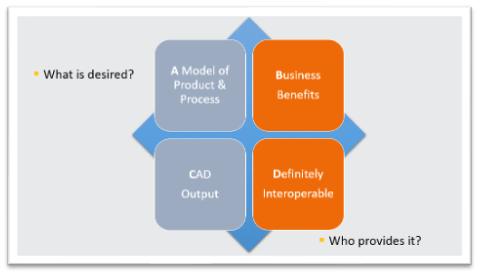
Figure 3. What wiring harness companies want from software.
When software takes care of those needs, business benefits will accrue. With AI, expect software to do it better.

